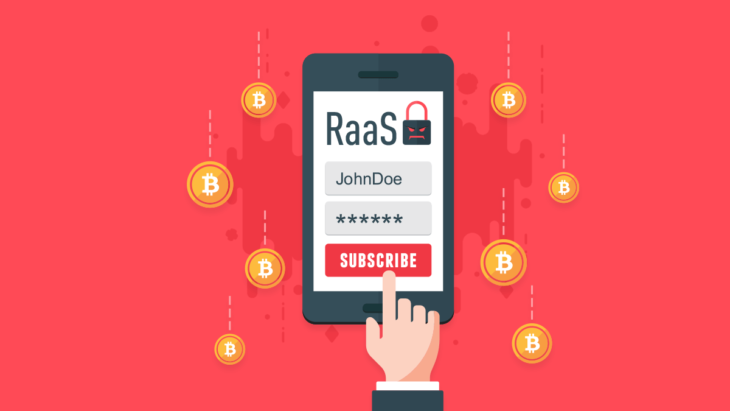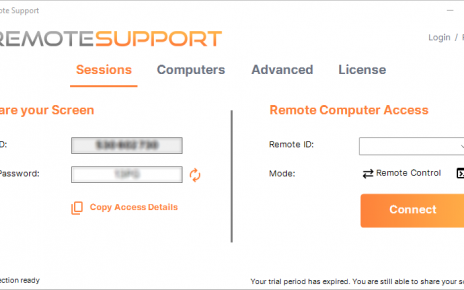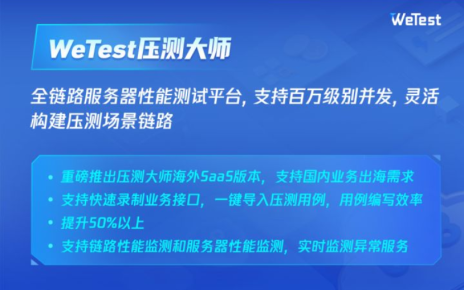Everybody is at risk of a cyber-attack due to the high number of malware found on the internet. Cybercriminals have adopted a new way to hold surfers at ransom by offering ransomware as a service (RAAS). Basically, they have copied the model used by software as a service. This increased spread of ransomware as their affiliates hunt for quick cash.
Therefore, it’s easy to encounter ransomware in emails, Wi-Fi, and accidentally download them without your knowledge. Ransomware developers only create it and use affiliates or partners to commit ransomware. This means the developers are not directly involved in committing the crime.
How It Works
RAAS works the same as software as a service (SAAS). The developers create ransomware that encodes user information. Then, they sell or rent it to cybercriminals who undertake ransomware attacks. The operator provides the attackers with basic knowledge on how ransomware works.
Anyone can launch a ransomware attack since it doesn’t require much experience, provided one has the ransomware. If they are successful in getting a ransom, they split the profits with ransomware providers. Sometimes, the providers advertise their products on dark webs to entice affiliates.
Attackers enjoy this business because they can make easy money without the stress of developing ransomware. On the other hand, the developers enjoy profits while sanitizing themselves from criminal activities when they use affiliates.
Types of Ransomware
Ransomware as a service (RAAS) types are found in dark webs at low prices where users decide to buy, subscribe, or collaborate with the developers. The most famous include Netwalker, Stampar, RaaSberry, and Frozr locker. The dark side, dharma, Satan, and Doppel paymer are notorious though they only came in the limelight between 2019 and 2021. Ransomware prices depend on their efficacy in blackmail and encryption, thus threatening victims into paying the ransom.
Stay Protected
Protecting your data is the only way you can avoid cyber-attacks. First, you should have a data backup and recovery procedure that’s up to date. It will help you recover encrypted data in case of an attack. Second, keep your software updated to avoid patches through which cybercriminals can access your data. Third, avoid suspicious links and websites.
Attackers mainly use attachments in emails, and you should avoid unfamiliar attachments even from known contacts. Protect yourself fully by having good anti-phishing security for your emails. Finally, yet importantly, invest in good antivirus software. An antivirus is designed to detect and block encryptions irrespective of their signature.
The ransomware threat is real, and you should take it seriously. It requires little or no expertise to use and is powerful enough to destroy important data, thus compelling victims to pay a ransom. Also, it’s cheap and readily available; hence can be used by anyone increasing your risk of attack.
The ultimate thing to do is protect your data by having a backup plan, frequently updating your software to avoid loopholes, and avoiding suspicious links, attachments, and websites. Having credible antivirus software also helps in detecting and blocking encoding activities.
Because of the large amount of malware on the internet, everyone is vulnerable to a cyber-attack. Ransomware as a service is a new approach for cybercriminals to hold internet users hostage (RAAS). Essentially, they’ve cloned the software-as-a-service paradigm. As their associates look for fast revenue, ransomware has become more widespread.
As a result, it’s simple to come across ransomware in emails and through Wi-Fi and to unwittingly download it. Ransomware is only created by ransomware developers, who then utilize affiliates or partners to commit ransomware. This indicates that the creators were not directly involved in the crime.
How Does It Work?
RAAS functions similarly to software as a service (SAAS). The creators build malware that encrypts user data. After that, they sell.
Alternatively, cybercriminals that carry out ransomware attacks can hire it. The operator instructs the attackers on the fundamentals of ransomware.
Anyone with the ransomware may conduct a ransomware assault because it does not take much skill. They divide the revenues with ransomware distributors if they are successful in obtaining a ransom. To encourage affiliates, suppliers occasionally offer their items on dark webs.
Attackers like this industry because it allows them to generate quick money without having to worry about generating ransomware. When developers hire affiliates, on the other hand, they benefit while protecting themselves from illicit activity.
Users can buy, subscribe to, or cooperate with ransomware as a service (RAAS) kinds on the dark web for a minimal charge.




